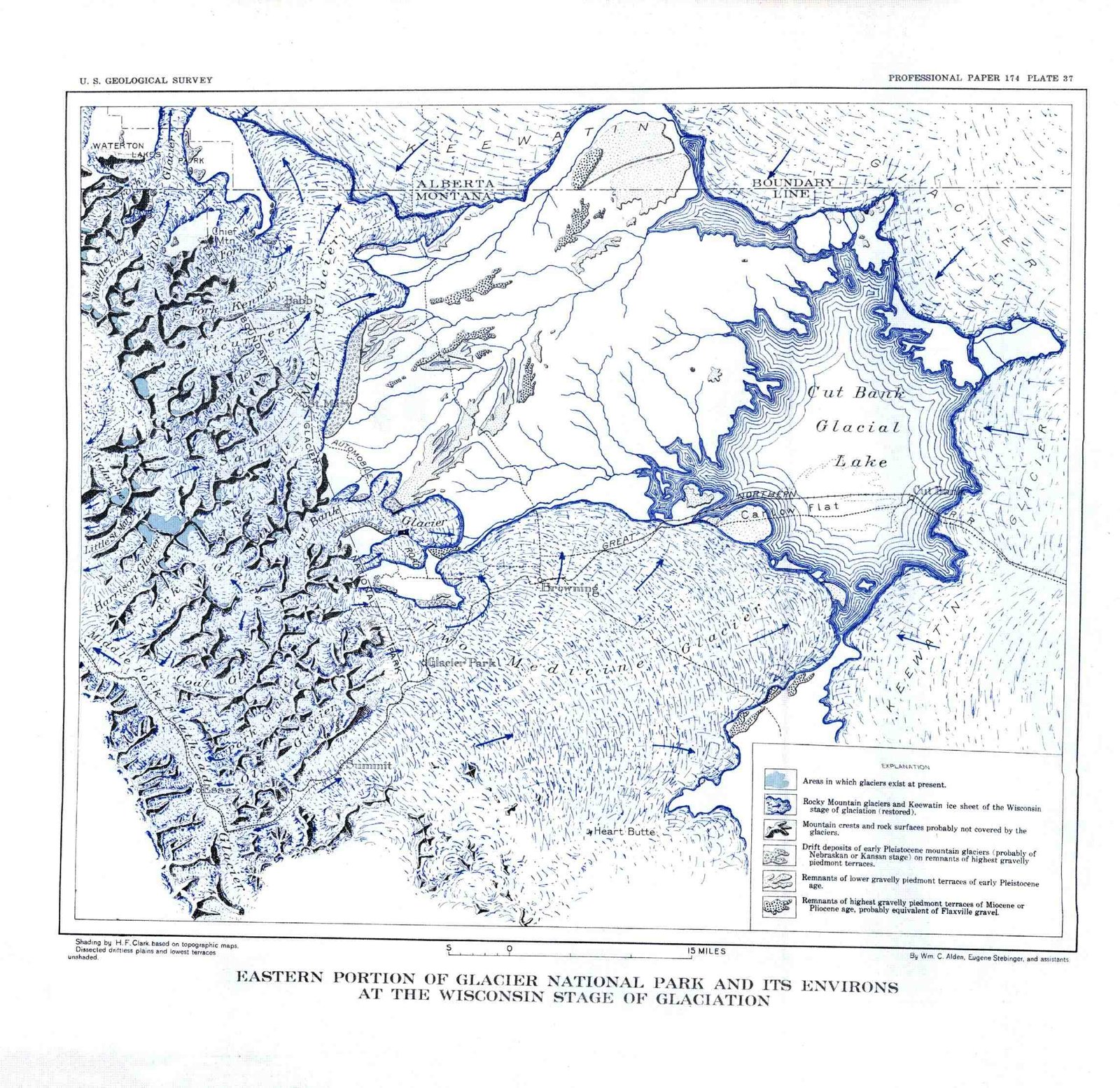Glacier National Park, located in Montana’s Rocky Mountains, is renowned for its pristine lakes, diverse wildlife, and rugged alpine terrain. While there is no specific ‘Earth Lake’ in the park, this guide explores the various lakes, hiking trails, and natural wonders that make Glacier National Park a must-visit destination for nature enthusiasts and adventure seekers.
What are the most popular lakes in Glacier National Park?

Glacier National Park is home to numerous stunning lakes, each offering unique experiences and breathtaking views. Here are some of the most popular lakes in the park:
- Lake McDonald
- St. Mary Lake
- Two Medicine Lake
- Bowman Lake
- Iceberg Lake
- Hidden Lake
Lake McDonald
Lake McDonald is the largest lake in Glacier National Park, stretching over 10 miles long and 1 mile wide. Known for its crystal-clear waters and colorful pebbles, it’s a popular spot for boating, fishing, and photography.
St. Mary Lake
St. Mary Lake is the second-largest lake in the park, offering spectacular views of the surrounding mountains. It’s a great location for scenic boat tours and wildlife viewing.
Two Medicine Lake
Two Medicine Lake is situated in the southeastern part of the park and is known for its serene atmosphere and excellent hiking trails.
What are the best hiking trails around the lakes?

Glacier National Park offers a variety of hiking trails that showcase its stunning lakes and diverse ecosystems. Here are some of the best lake-centric hikes:
- Hidden Lake Overlook Trail
- Distance: 2.8 miles round trip
- Difficulty: Moderate
-
Highlights: Panoramic views of Hidden Lake and wildlife sightings
-
Iceberg Lake Trail
- Distance: 9.6 miles round trip
- Difficulty: Strenuous
-
Highlights: Turquoise-colored Iceberg Lake, wildflower meadows
-
Avalanche Lake Trail
- Distance: 4.5 miles round trip
- Difficulty: Moderate
- Highlights: Avalanche Lake, old-growth cedar forest
What wildlife can be seen around the lakes?
Glacier National Park’s lakes and surrounding areas are home to a diverse array of wildlife. Visitors may encounter:
- Grizzly bears
- Black bears
- Moose
- Mountain goats
- Bighorn sheep
- Elk
- Marmots
- Various bird species
It’s important to maintain a safe distance from wildlife and follow park guidelines for wildlife viewing and safety.
What are the fishing regulations in Glacier National Park?
Fishing is a popular activity in Glacier National Park, but it’s essential to follow the park’s regulations:
- A valid Montana fishing license is required for all anglers 15 years and older.
- Catch-and-release fishing is encouraged to preserve fish populations.
- The use of lead fishing tackle is prohibited.
- Specific lakes and streams may have additional restrictions or closures.
| Species | Daily Limit | Possession Limit |
|---|---|---|
| Trout | 5 | 10 |
| Whitefish | 10 | 20 |
| Lake Trout | No limit | No limit |
Always check the current fishing regulations before your visit, as they may change seasonally.
What are the best camping options near the lakes?
Glacier National Park offers several campgrounds near its lakes, providing visitors with immersive nature experiences. Some popular options include:
- Apgar Campground (near Lake McDonald)
- 194 sites
-
Amenities: Flush toilets, potable water, picnic tables, fire rings
-
Many Glacier Campground (near Swiftcurrent Lake)
- 109 sites
-
Amenities: Flush toilets, potable water, picnic tables, fire rings
-
Two Medicine Campground (near Two Medicine Lake)
- 100 sites
- Amenities: Flush toilets, potable water, picnic tables, fire rings
Reservations are recommended during peak season (June-September) and can be made through the National Park Service website.
What are the best times to visit Glacier National Park’s lakes?
The best time to visit Glacier National Park’s lakes depends on your preferences and desired activities:
- Summer (June-August): Peak season with warm temperatures and all facilities open. Ideal for hiking, boating, and wildlife viewing.
- Fall (September-October): Fewer crowds, beautiful fall colors, and active wildlife. Some facilities may begin to close.
- Winter (November-April): Limited access to many areas, but opportunities for cross-country skiing and snowshoeing.
- Spring (May-June): Melting snow creates spectacular waterfalls, and wildflowers begin to bloom. Some areas may still be closed due to snow.
How can visitors help preserve the lakes and surrounding ecosystems?
Visitors play a crucial role in preserving Glacier National Park’s lakes and ecosystems. Here are some ways to minimize your impact:
- Practice Leave No Trace principles
- Stay on designated trails
- Properly dispose of waste and use bear-proof containers
- Use biodegradable soap and sunscreen
- Avoid feeding wildlife
- Follow fishing regulations and practice catch-and-release
- Use public transportation or carpool when possible
By following these guidelines, visitors can help ensure that Glacier National Park’s lakes and natural wonders remain pristine for future generations to enjoy.